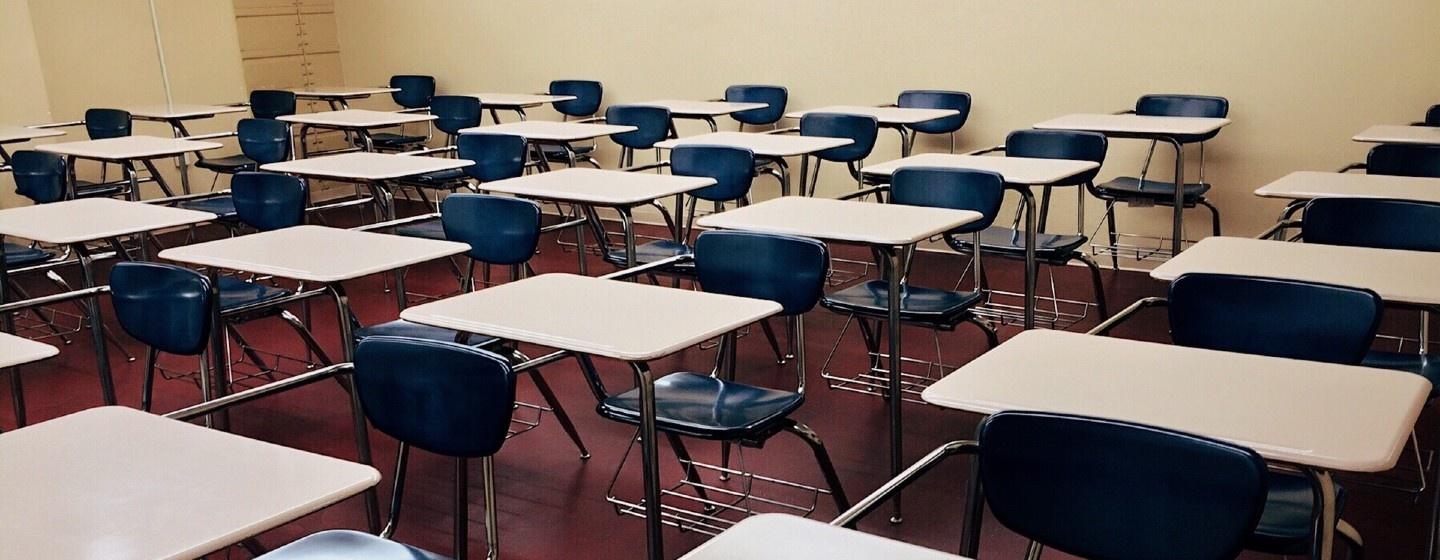Rosa: Federal Aid Should Not Supplant State School Funding

Funding for Education in New York
Gov. Andrew Cuomo, continuing his push to win several billion dollars in aid in the next federal COVID-19 relief package, wrote a letter to New York’s congressional delegation, saying the funding is “paramount” to the state’s recovery.
Cuomo said the state faces a $15 billion deficit for the current fiscal year and the next one, which begins in April. And he said unless President Joe Biden and Congress approve a bailout for state and local governments, there will have to be across-the-board cuts to state programs, including education.
His budget proposal tries to mitigate those potential cuts by using the $4 billion in federal aid to help pay the state’s schools’ day-to-day expenses.
But Betty Rosa, New York’s education commissioner, testified during a recent legislative budget hearing that she’s against a proposal by Cuomo to use money from a previous federal bailout to offset the state’s costs for school aid.
She said the money was intended to supplement already existing school funding, and help with what she said are “enormous” new costs associated with operating school systems during the pandemic. She said the money is not meant to fund the districts’ basic operating costs.
“We are opposed to a one-shot federal fund replacing needed state dollars for schools,” Rosa said at the hearing in late January.
Rosa does not work directly for Cuomo. Her position is chosen by the state Board of Regents, who are appointed by the state Legislature.
Senate Education Chair Shelley Mayer asked Rosa to drill down on how the schools expected to target the federal dollars and detail “specific expense districts incurred during the pandemic,” including those related to buying personal protective equipment, school closures, and additional overtime for teachers and administrators.
Rosa said the funds are needed to make up for significant learning loss that’s occurred over the past year; schools closed for a time and later offered full- or part-time remote learning. She said classroom instructions needed to be modified and expanded, and more services are needed to help families cope with their homes suddenly becoming classrooms.
She said the money is also intended to be targeted toward students and communities with the greatest needs, including communities of color, English language learners, and students with disabilities.
“Those dollars were added on for a very specific purpose. They were never intended to supplant, they were never intended to be used for anything other than to be added on during this pandemic,” Rosa said.
Rosa isn’t the only one who is concerned. Bob Schneider, executive director of the New York State School Boards Association, said his members are also “uncomfortable” with using the federal allocation for anything other than its intended purpose. Schneider said the one-time infusion would not be repeated in future years and could leave a big hole in school budgets.
“We’re worried about that, down the road,” Schneider said. “Then all of sudden we’re hit with huge cuts and we have to budget for even worse scenarios in our future. This is all resting on the backs of our students, and we’re not proponents of that.”
The state’s largest teachers union, New York State United Teachers, in written testimony, said using the $4 billion to pay for schools’ operating expenses could create a situation similar to the aftermath of the Great Recession of 2008 and 2009, when schools faced a persistent year-to-year funding deficit that has only recently been remedied.
The union, school boards and education commissioner also oppose a proposed consolidation of 10 categories of aid under what’s known as foundation aid into fewer categories. They say that would result in a $700 million reduction for things like computers, libraries, and textbooks.
The governor is also proposing changes to the STAR property tax relief program that they say could result in less money for schools.
NYSUT President Andy Pallotta said one solution, if Washington does not come through with a relief package, is to raise income taxes on the wealthy. The union has launched a $300,000 advertising campaign, including digital media and billboards, to push for the new taxes.
Rosa said there is some good news in the governor’s budget proposal. She said she’s pleased that Cuomo has agreed to reimburse schools for costs incurred when the districts used school buses to deliver instructional materials, as well as meals to students who were unable to access subsidized breakfast and lunch programs when schools were shut down last spring.
Related
Bob Schneider joins with an update on New York State school budget troubles.
Watch coverage and analysis of Governor Andrew Cuomo's 2021 New York State Budget Address.
What impact is 'the COVID slide' having on students?


